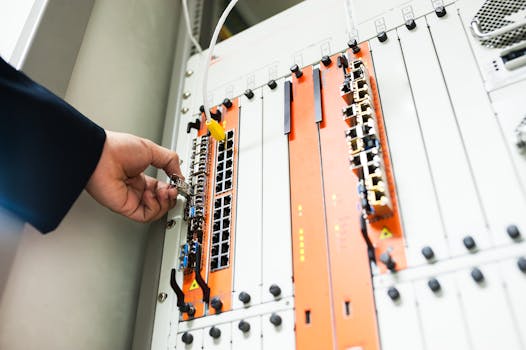
Bridging the Digital Divide: How African Fiber Companies are Transforming Connectivity
Bridging the digital divide is a major challenge in Africa, where many communities lack access to reliable and affordable internet connectivity. However, African fiber companies are working to change this by expanding fiber optic networks and improving internet access across the continent. The focus keyword Bridging the digital divide is crucial in understanding the efforts of these companies.
According to a report by the International Telecommunication Union (ITU), in 2020, only 22% of the African population had access to the internet, compared to 47% in Europe and 43% in the Americas. This digital divide has significant implications for economic development, education, and healthcare in Africa. However, with the help of African fiber companies, the continent is slowly but surely bridging this gap.
The Role of African Fiber Companies
African fiber companies are playing a crucial role in bridging the digital divide by investing in fiber optic infrastructure. Companies such as Liquid Telecom, MTN, and Vodacom are expanding their fiber optic networks to reach more communities and provide faster and more reliable internet connectivity. For example, Liquid Telecom has invested over $400 million in its fiber optic network, which spans over 70,000 kilometers across 13 countries in Eastern, Central, and Southern Africa.
These companies are also working to reduce the cost of internet access, making it more affordable for individuals and businesses. According to a report by the African Development Bank, the cost of internet access in Africa has decreased significantly over the past decade, from $1,000 per megabit per second in 2010 to $100 per megabit per second in 2020. This decrease in cost has made internet access more affordable for many Africans, particularly in urban areas.
Challenges Facing African Fiber Companies
Despite the progress made by African fiber companies, there are still significant challenges to overcome. One of the major challenges is the lack of infrastructure in rural areas, where many communities are still without access to reliable and affordable internet connectivity. According to a report by the World Bank, in 2020, only 10% of rural areas in Africa had access to 4G internet, compared to 50% in urban areas.
Another challenge facing African fiber companies is the high cost of deploying fiber optic infrastructure. The cost of deploying fiber optic cables can be prohibitively expensive, particularly in rural areas where the population density is low. Additionally, the lack of regulatory frameworks and policies in some countries can make it difficult for fiber companies to operate effectively.
Success Stories
Despite these challenges, there are many success stories of African fiber companies bridging the digital divide. For example, in Rwanda, the government has partnered with private sector companies to deploy fiber optic cables to all 30 districts of the country. This initiative has increased internet penetration from 10% in 2010 to over 50% in 2020.
In Kenya, the government has launched a national broadband strategy, which aims to increase internet penetration to 80% by 2025. The strategy involves the deployment of fiber optic cables to all 47 counties of the country, as well as the establishment of digital hubs and innovation centers. These initiatives have made Kenya one of the most connected countries in Africa, with over 80% of the population having access to the internet.